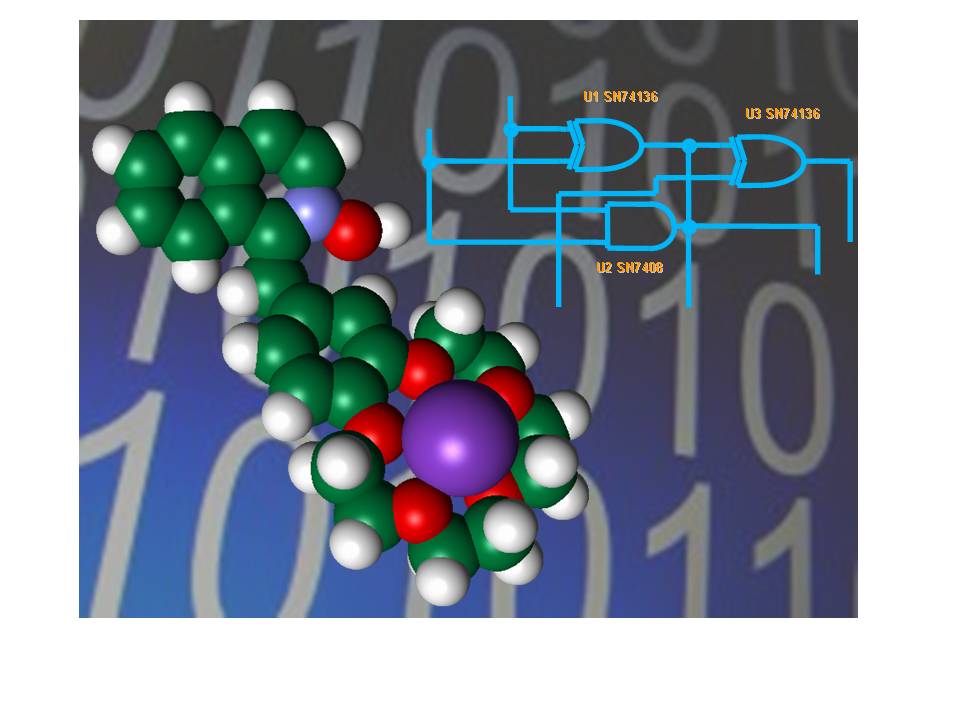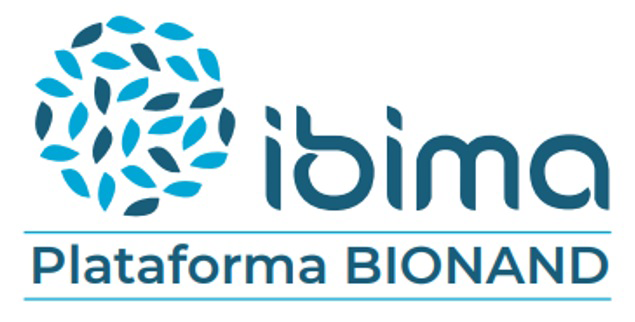Synthesis of dendrimeric structures (dendrimers and dendrons) Synthesis of fluorescent markers Preparation of Solid Particles suitable for supporting dendrimeric structures Molecular Sensors and Molecular Logic Gates for the processing of biomedical information
Synthesis of dendrimeric structures (dendrimers and dendrons)
Dendrimers are three-dimensional polymer molecules with highly branched and regular architectures, which are synthesized in a controlled manner to yield monodisperse compounds with specific physical and chemical properties. Because physical and chemical properties of these molecules can be modulated by control and design during synthesis, dendrimers have a high versatility and its applications are studied and multidisciplinary fields such as chemistry, physics, biology, medicine, materials science, etc.. The structural elements that comprise a dendrimer are the core, the monomers or branched repeating units and endgroups. Dendrimeric structure is characterized by "layers" between each focal point called generations. Dendrimers can be formed from virtually any chemical structure that can branch out and can present a wide variety of features depending on which are built and how. Dendrimers are considered the basic units from most versatile synthesis architecture on the nanoscale, in terms of controlled composition and structure are concerned.
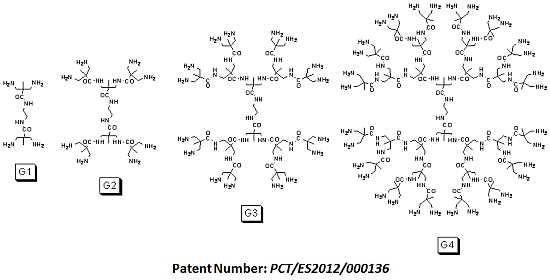
Synthesis of fluorescent markers
The use of fluorescent molecules in many laboratories is an standard, and its use is increasing steadily due to its versatility, sensitivity and quantitative capabilities. This line of research focuses on the synthesis and photophysical study of molecular fluorescent probes, allowing us to label molecules for specific uses in fluorescent microscopy. The development of fluorescent probes with high stability and quantum yield emission also allows its implementation in more complex systems as can be dendrimers or nanoparticles. These systems allow applications in the development of health sciences and in the field of biology and nanoimagen.
Preparation of Solid Particles suitable for supporting dendrimeric structures
We are working in luminescent silica nanoparticles of different sizes and narrow size distribution. As synthetic procedure we employ Stöber methods. This synthesis avoids the use of potentially toxic organic solvents and surfactants, and allows the use of these nanoparticles as new probes for biomedical imaging and carriers for drug delivery. Additionally we are developing hybrid organic-silica materials for biosensing applications. The modified silica nanoparticles are used as a solid supports for in vitro test to determine if a patient is allergic or not to a specifically drug.
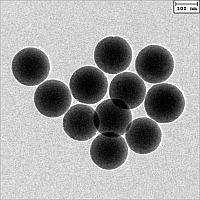
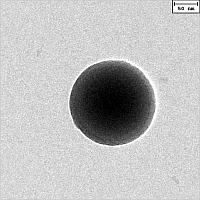
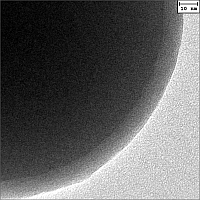
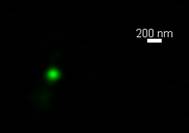
Molecular Sensors and Molecular Logic Gates for the processing of biomedical information
Molecular electronics is a field of nanotechnology where the chemical design is used to fabricate molecular structures simulating the behavior of electronic components. As the classic electronics, the chemical design has been able to produce molecules covering almost completely the wide variety of electronic devices existing. One of the most interesting devices group is the so-called Logic gates. Logic gates are systems that can give a different response (called output), depending on the stimulus acting over them (called input). The relationship between stimulus and response (inputs and outputs) permits to define a logic behavior that, according to the Boolean logic, permits to perform different operators of different levels of complexity: AND, OR, XOR, NAND, NOR, XNOR, INH, Half-Adder and Subtractor, Full-Adder and Subtractor, etc. In the classic electronics devices, inputs and outputs are voltages and the responses are measured according to the voltage thresholds defined. When we talk about the Molecular Logic Gates, inputs and outputs can be of a different nature: optical, chemical or electrical. The most common devices are designed in a way that the inputs are chemicals (ions, pH differences, etc.) and the output are optical, being possible to measure the response via UV-vis absorption or fluorescence.
